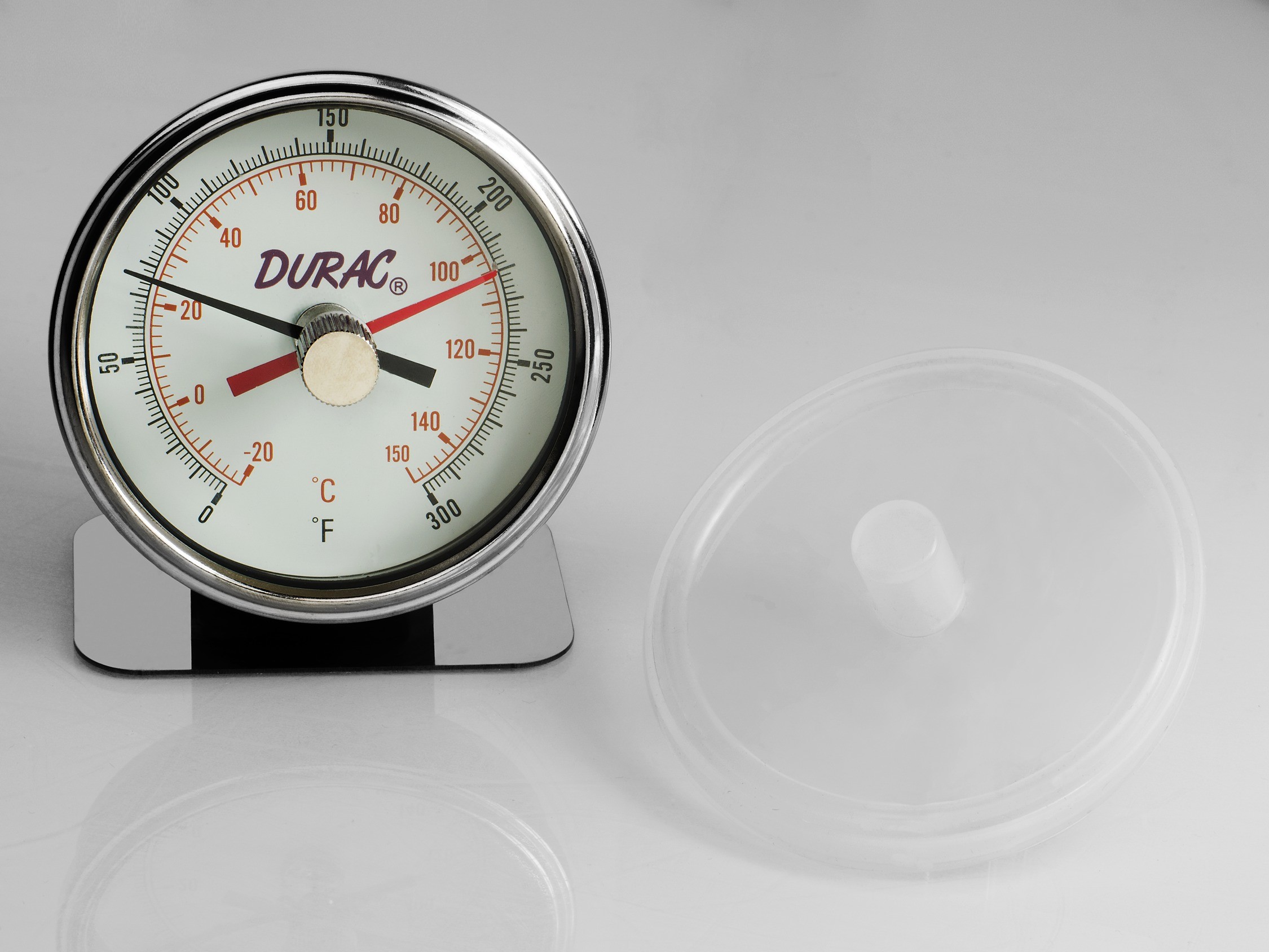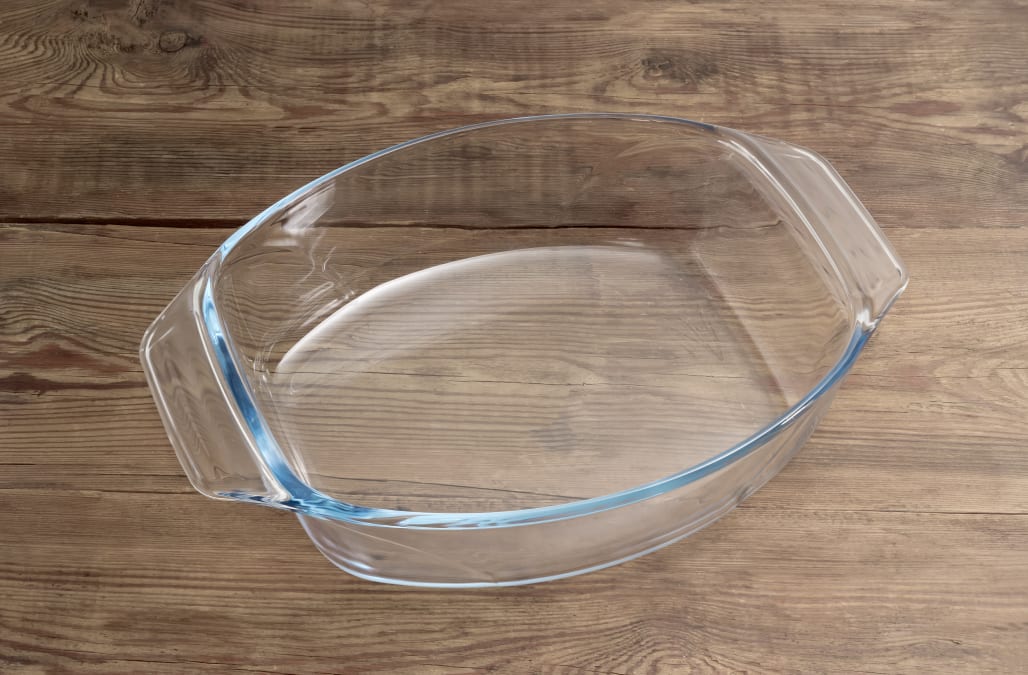- Pyrex
- Pyrex Digital Thermometer Owner's Manual
- Pyrex Thermometer Instructions
- Pyrex Digital Meat Thermometer Instructions
This material must not be used for commercial purposes, or in any hospital or medical facility. Failure to comply may result in legal action.
Medically reviewed by Drugs.com. Last updated on Nov 16, 2020.
Follow these guidelines for accurate thermometer readings: For roasts, steaks, and thick chops, insert the thermometer into the center at the thickest part, away from bone, fat, and gristle. For whole poultry (such as turkey or chicken), insert the thermometer into the inner thigh area near the breast but not touching bone. Taylor thermometers use a liquid that is not harmful to the, Pyrex Digital Meat Thermometer Instructions Taylor Connoisseur Series Meat Thermometer, 502 by TAYLOR. Includes tips and instructions. Oct 01 Pyrex Cooking Solved. Taylor 5109 Taylor 5109 Thermometer Taylor 5109 Analog.

- Care Notes
- Aftercare Instructions

WHAT YOU SHOULD KNOW:

- A rectal temperature (TEM-per-ah-cher) is taken by putting a thermometer (ther-MOM-uh-ter) gently in your child's rectum. The rectum is the end of the bowel. The opening into the rectum is called the anus. The anus is the hole in your child's bottom where a bowel movement (BM) is passed from the body. Make sure you follow directions for taking a rectal temperature very carefully. A thermometer (ther-MOM-uh-ter) is used to take your child's temperature. For infants and young children, the rectal temperature is the most exact way of finding out if your child has a fever. A normal rectal temperature is between 97° and 100° F (36° to 37.7° C).
- There are different kinds of thermometers. A digital thermometer is a small hand-held device with a 'window' showing your child's temperature in numbers. Most digital thermometers can measure your child's body temperature in less than a minute. Digital thermometers are available at grocery, drug, or medical supply stores. Glass thermometers with red or blue alcohol or silver-colored galinstan (GAL-in-stan) tip and line may also be used to check a rectal temperature.
- In the past, mercury thermometers were used. This thermometer is a thin glass tube with a silver tip and line. The Environmental Protection Agency (EPA), the American Academy of Pediatrics (AAP), and other organizations warn against using mercury thermometers. If the thermometer breaks, mercury may be breathed or absorbed (soaked) into your or your child's skin. Exposure to the mercury from a broken glass thermometer can be very harmful. If you have a glass mercury thermometer and it breaks, do not throw it into the trash. Do not touch the thermometer or the mercury. Open a window to air out the room. To find out what to do if your glass mercury thermometer breaks, contact the following:
- 24-Hour Nationwide Poison Control Hotline
National Capital Poison Center
3201 New Mexico Avenue, Suite 310
Washington , DC 20016
Phone: 1- 800 - 222-1222
Web Address: http://www.poison.org
INSTRUCTIONS:
How do I use a digital thermometer?
- Take the thermometer out of its holder.
- Clean the probe (pointed end) of the thermometer with rubbing alcohol or soap and then rinse it in cool water.
- Slide a probe cover over the pointed end of the thermometer. If your thermometer did not come with a probe cover then you can use it without one.
- Lubricate the end of the probe with a small amount of lubricating jelly.
- Place your child on his stomach across a firm surface or your lap before taking his temperature.
- Gently slide the probe of the thermometer into the rectum about a 1/2 inch. Stop inserting the thermometer if it becomes difficult to insert. Never force the thermometer into the rectum.
- Continue to hold the thermometer the entire time you are taking the temperature. Always stay with your child while taking his temperature.
- Keep the thermometer in place until it beeps.
- Remove the thermometer.
- Read the numbers in the window. These numbers are your child's temperature.
- Your child's caregiver may want you to keep a temperature record. Write down the time and temperature each time you take it.
- If you used a probe cover, remove it and throw it away.
- Wash the probe of the thermometer with soap, water and rubbing alcohol when you are done.
How do I use a glass thermometer?

- Take the thermometer out of its holder.
- Clean the thermometer with rubbing alcohol or soap and then rinse it in cool water. Do not use hot water because it may break the thermometer.
- Hold the thermometer by the end opposite the red, blue, or silver-colored bulb.
- Shake the thermometer downward several times.
- Turn the thermometer in your hand until you see the line. The line should read less than 96 degrees F (35.6 degrees C). If the mercury line reads more than 96 degrees F (35.6 degrees C), firmly shake the thermometer again. You may want to shake the thermometer over a couch or bed. This will keep it from breaking if it slips out of your hand.
- Check the thermometer again to make sure it reads 96° F (35.6° C) or less.
- Lubricate the bulb end with a small amount of lubricating jelly.
- Place your child on his stomach across a firm surface or your lap before taking his temperature.
- Gently spread the buttock cheeks and place the red, blue, or silver bulb end into the rectum about 1 inch. Stop inserting the thermometer if it becomes difficult to insert. Never force the thermometer into the rectum.
- Hold the thermometer between your second and third fingers with your hand cupped over your child's buttocks. Continue to hold the thermometer in place while taking his temperature. Always stay with your child while taking the temperature.
- Keep the thermometer in place for 3 minutes.
- Remove the thermometer without touching the bulb.
- Hold the thermometer at eye level.
- Slowly turn the thermometer until you see the end of the red, blue, or silver-colored line. Each long mark is the same as 1 degree. Short marks are the same as 0.2 degree.
- Your child's caregiver may want you to keep a temperature record. Write down the time and temperature each time you take it.
- Clean the thermometer with rubbing alcohol or soap and then rinse it with cool water. Do not use hot water because it may break the thermometer.
CONTACT A CAREGIVER IF:
- Your child has a fever.
- Your child has a sore throat.
- Your child has abdominal (belly) pain.
- Your child begins to vomit (throw up) or have diarrhea (di-uh-REE-uh). Diarrhea is loose BM's.
Pyrex
SEEK CARE IMMEDIATELY IF:
- Your child has a fever.
- Your child has a stiff neck.
- Your child is having breathing problems.
- Your child seems to be confused or not thinking clearly.
Pyrex Digital Thermometer Owner's Manual
Copyright © 2012. Thomson Reuters. All rights reserved. Information is for End User's use only and may not be sold, redistributed or otherwise used for commercial purposes.
The above information is an educational aid only. It is not intended as medical advice for individual conditions or treatments. Talk to your doctor, nurse or pharmacist before following any medical regimen to see if it is safe and effective for you.
Pyrex Thermometer Instructions
Further information
Pyrex Digital Meat Thermometer Instructions
Always consult your healthcare provider to ensure the information displayed on this page applies to your personal circumstances.